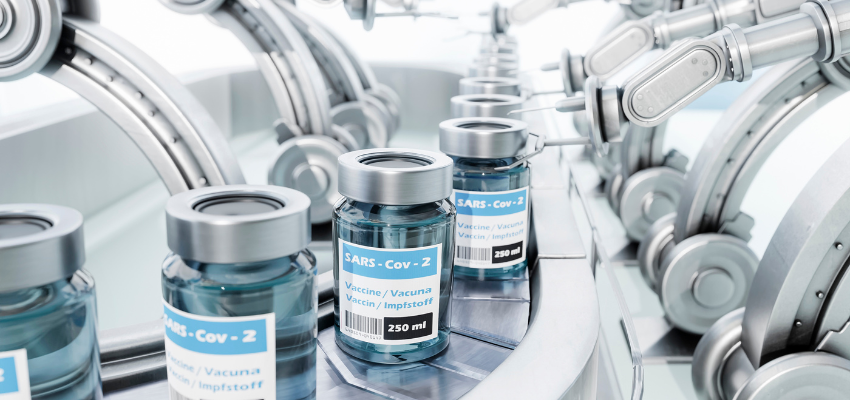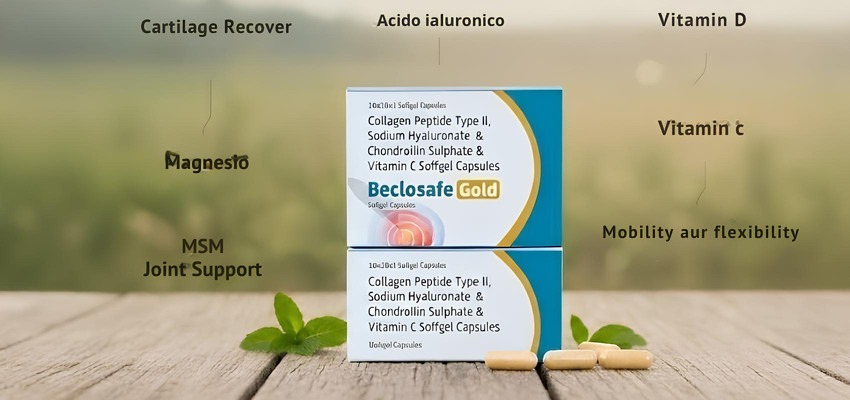The pharmaceutical industry is entering a new era where drug delivery is as important as the drug itself.
Innovations in smart systems, nanotechnology, and 3D printing are transforming how medicines are released, targeted, and personalized.
This shift is not just about better technology—it’s about better outcomes: higher drug efficacy, fewer side effects, patient-specific dosing, and therapies that respond to the body in real-time.
1. Smart Drug Delivery Systems – Precision on Demand
Traditional drug delivery often follows a fixed schedule—whether the patient needs it or not. Smart delivery systems aim to change that, making drug release responsive, personalized, and controlled.
Stimuli-Responsive Hydrogels
- Change structure in response to triggers like pH, temperature, or glucose levels.
- Example: Glucose-sensitive hydrogels release insulin only when blood sugar rises, reducing hypoglycemia risk.
- In cancer therapy, pH-responsive systems release chemotherapy only in the acidic environment of tumor tissues, sparing healthy cells.
- Market note: The smart polymer market for drug delivery is expected to reach $11.4B by 2030.
Electro-Responsive Platforms
- Made from conductive polymers like polypyrrole, releasing drugs upon electrical stimulation.
- 2025 study: 3D-printed electro-responsive patches released pain medication into targeted nerve regions—ideal for chronic pain management.
Ultrasound-Triggered Implants
- Caltech developed 3D-printed drug implants formed in the body using ultrasound guidance.
- In cancer trials on mice, hydrogels delivered chemotherapy directly to tumors, showing better response than injections (Reuters).
- Potential for one-time implants delivering precise doses for months, activated only when needed.
2. Nanotechnology – The Microscopic Revolution
Nanotechnology has opened a world where drug carriers are smaller than a human cell but powerful enough to target disease sites with pinpoint accuracy.
Nanocarriers for Targeted Therapy
- Liposomes, dendrimers, and polymeric nanoparticles deliver drugs directly to diseased tissues.
- Bioresponsive nanocarriers detect disease signals and release drugs at the exact site.
DNA Origami Nanorobots
- DNA-based nanorobots fold into specific shapes, encapsulate drugs, and open only with certain molecular markers (e.g., leukemia proteins).
- Helps make chemotherapy less toxic to healthy tissues.
Nucleic Acid Drug Delivery Systems (NDDSs)
- Key for delivering mRNA, siRNA, and CRISPR-based therapies.
- 2025 NDDS designs achieved over 90% delivery efficiency in rare genetic disorder models (ScienceDirect).
- Industry projection: Nanomedicine market expected to reach $482B by 2032; drug delivery is the largest segment.
3. 3D Printing – Personalized Medicines at Scale
3D printing in pharma is redefining dosage forms, enabling personalized tablets, implants, and patches tailored to patients.
Personalized Oral Dosage Forms
- Spritam (levetiracetam) became the first FDA-approved 3D-printed drug in 2015.
- Multi-drug tablets with layered release profiles can replace multiple daily pills.
3D-Printed Implants with Nanotech Integration
- Combining nanoparticles with 3D-printed scaffolds enables localized, sustained drug release.
- Biodegradable materials like PLA and PLGA dissolve naturally after drug release.
On-Demand Manufacturing
- Hospitals can 3D print patient-specific implants within hours.
- Essential for emergencies and rare disease treatments.
4. Challenges and the Road Ahead
- Regulatory approval: Safety and efficacy proof needed for each platform.
- Manufacturing complexity: Scaling smart materials and nanocarriers is costly.
- Cost vs. Access: Advanced delivery methods must remain affordable.
Collaboration between pharma, material scientists, and engineers is reducing time from lab to market.
Final Word – From Pills to Precision Platforms
Next-gen drug delivery is moving from “dose and hope” to “dose and know”.
Smart systems respond to real-time needs.
Nanotechnology delivers with pinpoint accuracy.
3D printing personalizes like never before.
The future is about not just what we take—but how, when, and where it’s delivered.





